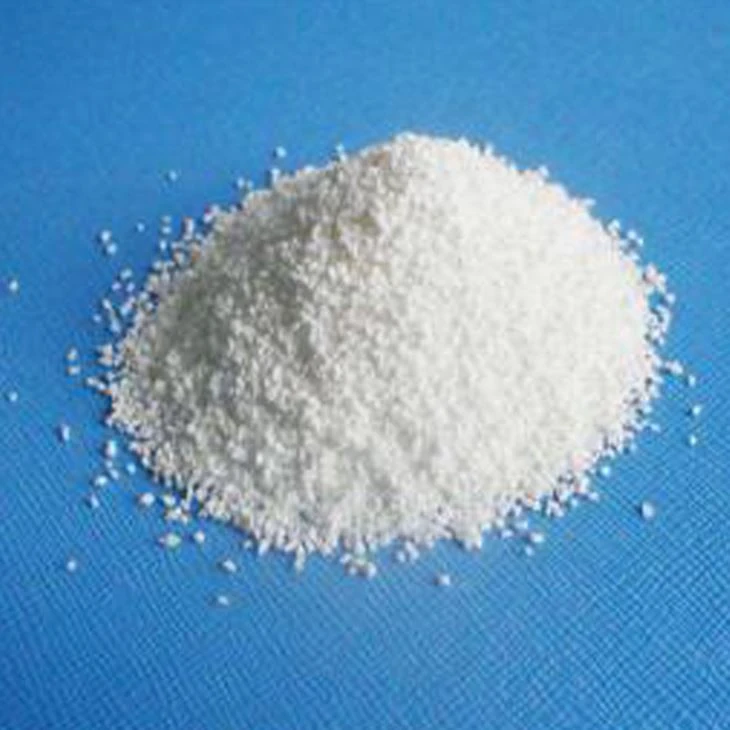



caustic soda 25 sds
Understanding Caustic Soda Safety Data Sheets and Best Practices in Handling
Caustic soda, also known as sodium hydroxide (NaOH), is a highly versatile compound widely used in various industries, including chemical manufacturing, food processing, and paper production. Despite its essential role in many industrial applications, caustic soda is a highly corrosive substance that requires careful handling and management to ensure safety in the workplace. This article explores the relevance of Safety Data Sheets (SDS) for caustic soda and outlines best practices for safe handling.
What is Caustic Soda?
Caustic soda is a strong alkaline compound that exists as a white solid, most commonly available in the form of pellets, flakes, or a concentrated solution. It is used primarily as a cleaning agent, a pH regulator, and a precursor for the manufacture of various chemicals, including soaps and detergents. While its benefits are significant, the hazards associated with caustic soda cannot be overstated. It can cause severe burns to the skin and eyes, respiratory issues if inhaled, and significant damage to the gastrointestinal tract if ingested.
The Importance of Safety Data Sheets (SDS)
Safety Data Sheets (SDS) are crucial documents that provide detailed information about a chemical's properties, hazards, handling, and emergency measures. They serve as an essential resource for workers and emergency responders by outlining vital safety measures and regulatory information.
For caustic soda, the SDS includes the following critical sections
1. Identification This section provides the chemical name, synonyms, and the manufacturer’s details. 2. Hazard Identification This outlines the potential hazards associated with caustic soda, including acute toxicity, skin and eye corrosion, and environmental impact.
3. Composition/Information on Ingredients This details the chemical formulation, which is vital for understanding the levels of NaOH and any potentially harmful impurities.
4. First-Aid Measures This section outlines immediate measures to take in case of exposure or accidents, such as rinsing affected areas with water and seeking medical attention.
5. Firefighting Measures It describes suitable extinguishing media and protective equipment to use during a fire involving caustic soda.
caustic soda 25 sds

7. Exposure Controls/Personal Protection Recommendations on protective equipment such as gloves, goggles, and respiratory protection.
Best Practices for Safe Handling
To minimize the risk involved in handling caustic soda, follow these best practices
1. Training Ensure all employees handling caustic soda are thoroughly trained in the correct procedures and understand the risks involved. Regular refresher courses can help maintain awareness.
2. Use Appropriate Personal Protective Equipment (PPE) Always wear proper PPE, including chemical-resistant gloves, goggles, face shields, and protective clothing to prevent skin and eye contact.
3. Proper Storage Store caustic soda in a cool, dry place in tightly closed containers, away from incompatible substances such as acids and organic materials. Ensure that the storage area is well-ventilated.
4. Spill Response Establish and communicate a spill response plan, which should include the immediate evacuation of the area, containment procedures, and reporting requirements.
5. Regular Inspections Routinely inspect storage areas and equipment to ensure integrity. Any leaks or spills should be addressed immediately to prevent injury or environmental harm.
6. Emergency Preparedness Ensure that first aid kits are accessible and fully stocked, and conduct regular drills to prepare employees in case of accidental exposure or spills.
Conclusion
Caustic soda plays a vital role in various industrial processes, yet its corrosive nature demands strict adherence to safety protocols. Familiarizing oneself with the Safety Data Sheet for caustic soda and implementing best practices for handling can significantly reduce risks and promote a safer working environment. By prioritizing safety and training, organizations can harness the benefits of caustic soda while minimizing health hazards for their employees.
-
Why Sodium Persulfate Is Everywhere NowNewsJul.07,2025
-
Why Polyacrylamide Is in High DemandNewsJul.07,2025
-
Understanding Paint Chemicals and Their ApplicationsNewsJul.07,2025
-
Smart Use Of Mining ChemicalsNewsJul.07,2025
-
Practical Uses of Potassium MonopersulfateNewsJul.07,2025
-
Agrochemicals In Real FarmingNewsJul.07,2025
-
Sodium Chlorite Hot UsesNewsJul.01,2025










